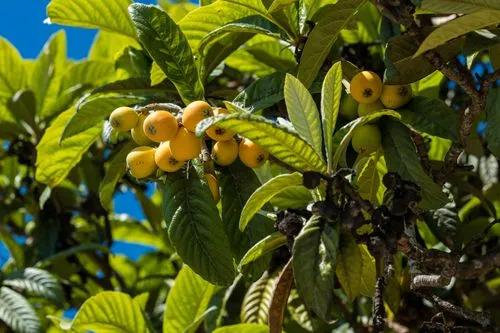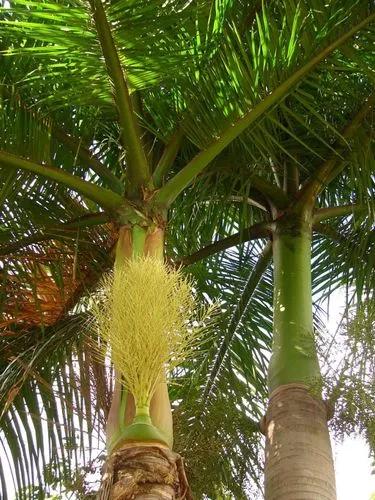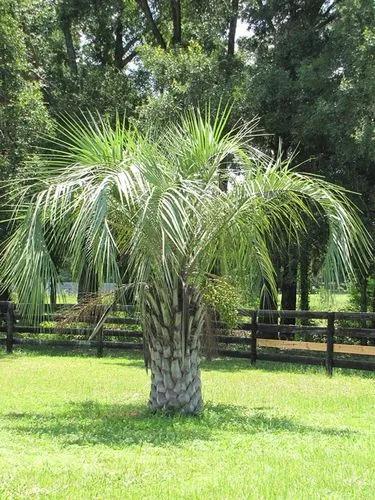The Rocky Mountain Bristlecone Pine (Pinus aristata) is a short needle conifer. Typically these species grow at high elevations on unsheltered ridges where they endure snow and winds through the winter that prevents these trees from growing tall.
Pine bonsai Care
Pinus aristata



The Pine is an evergreen tree with sharp pointed leaves, called needles, which stem from a scaly sheath in bundles of two, three or five. The seeds are contained in a cone that usually ripens the following year. The pine is frequently used for Bonsai because, being evergreen it looks well throughout the year and it also has the added quality of longevity.
How to Care for the Plant

Water

The most important part of taking care of your bonsai trees is watering. how often a tree needs to be watered depends on several factors such as; species of the tree, size of the tree, size of the pot, time of year, soil-mixture, and climate. i can't tell you how often you should water bonsai without knowing what kind of tree you have.

Pruning

By removing overgrown foliage, you will improve airflow to the plant, and light will be better able to penetrate all portions of the plant. This actually leads to a fuller and healthier looking houseplant.

Fertilizer

Use a fertilizer formulated specifically for your plant. Avoid over-fertilizing and follow the instruction on the label.

Sunlight

If your plant is not getting enough light, the most common sign is the yellowing and dropping of leaves, stunted leaf growth, elongated stems, and a dull-green color. If your plant is getting too much light, then its leaves will have singed tips, burned patches, or will be falling off (yikes!).

Soil

Prefer fertile soil, preferably loose and loamy with adequate drainage.

Temperature

Pine trees are very hardy, but still need to be protected during the winter when they are planted in containers.

Container

Whether your potted plants are indoors or outdoors, proper drainage is an essential element to ensure they stay healthy.

Popularity

649 people already have this plant 142 people have added this plant to their wishlists
Discover more plants with the list below
Popular articles






